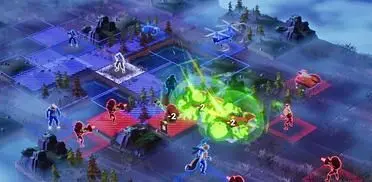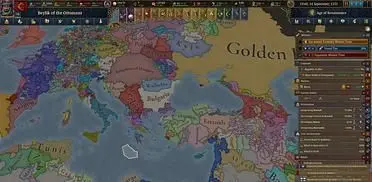Most games take years to build a competitive scene. Leagues, fan bases, memes, Reddit drama – the whole package. Valorant, on the other hand, speedran that process like a cracked Jett main with adrenaline issues. Within a year, it had full-blown tournaments, international events, roster drama, and enough highlight reels to make your cousin start streaming with zero plan and a terrible mic.
So what made Valorant an esports giant practically overnight? It wasn’t just Riot’s marketing magic (though, let’s be honest, they could sell a toaster as a lifestyle brand). It was a perfect blend of timing, tight design, and just enough chaos to make it impossible to look away.
Riot Knew What It Was Doing (And Who It Was Talking To)
Riot Games didn’t just release Valorant—they launched it with a blueprint. They courted former CS:GO pros. They made sure the gunplay had weight, precision, and enough headshot dopamine to keep aim gods interested. But then they layered in Agents. Abilities. Strategy with spice. Suddenly, it wasn’t just about out-aiming—it was about outplaying. And the competitive scene ate it up.
Day one, people were theorycrafting strats. Day five, people were arguing about tier lists. Day ten, Twitch was drowning in custom crosshair settings and “How To Entry Duel” tutorials. It wasn’t a beta. It was a soft launch for a future esports, and everyone knew it.
Style + Substance = Obsession
The thing about Valorant is, it looks good doing everything. The maps are tight. The Agent designs are bold. And the entire aesthetic screams, “This isn’t your older brother’s tactical shooter.” The personalities of the Agents, the lore drops, the voice lines that are just the right amount of spicy – Riot made a game that feels competitive but acts fun.
And that makes it more watchable. More memeable. More marketable. It’s a game built to be played and spectated. Bonus points if you have the skins to back it up – and yes, this is your cue to buy cheap Valorant Points and show up to ranked dressed like a neon-sprayed war god.
Esports With a Built-In Audience
Riot didn’t build an esport from scratch – they plugged it into an existing empire. League of Legends already had a massive infrastructure of casters, content creators, production teams, and competitive fans. Valorant just borrowed the stage and added flashes. The transition was seamless. Cross-game fans showed up. New ones joined. And within months, we had full-blown international rivalries.
Even better? The pros made it feel accessible. You’d watch someone hit a 4K with Reyna and think, “Yeah, I could do that.” (Narrator: They could not.)
It’s Still Growing – Fast
Valorant’s competitive scene is only getting bigger. More orgs. More LANs. More drama. And with every new Act, a new wave of players floods in – some casual, some cracked, all of them ready to flame their team and buy Vandal skins.
The Fast Track to the Top
Valorant didn’t just “become” an esports – it was built like one from the start. A fusion of tactical depth, bold visuals, and community-first energy made it inevitable. Riot didn’t roll the dice. They played the whole game.
So queue up, clutch up, and if you’re going to show off in style, and maybe buy cheap Valorant Points and kit yourself out like the esports legend you already pretend to be. And with digital marketplaces like Eneba offering deals on all things gaming, leveling up your look has never been easier. Because in this game, looking like a pro is half the battle – the other half is praying your team doesn’t insta-lock Duelists.
For the latest gaming news, follow GameWatcher on BlueSky, check out our videos on YouTube, or give us a like on Facebook. We sometimes include affiliate links in our posts, which grants us a small commission, thank you.







